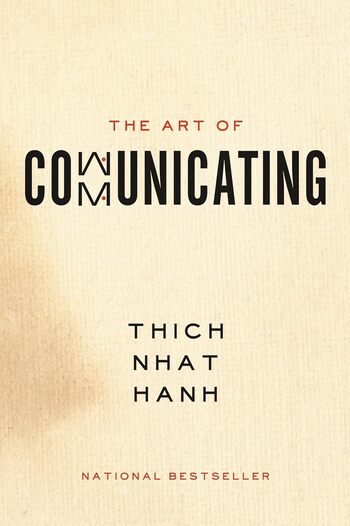
The Lucifer Effect by Philip Zimbardo explores how ordinary people can turn evil under certain circumstances, using experiments like the Stanford Prison Study to highlight the thin line between good and evil.
Main Lessons
- The line between good and evil is thin and often hard to recognize.
- Circumstances can turn even ordinary people towards evil actions.
- The Stanford Prison Experiment reveals how roles of authority can corrupt individuals.
- People can change their behavior significantly depending on their environment.
- Authority figures can influence individuals to perform harmful actions.
- We have the capacity to decide not to act on evil inclinations.
- Responsibility should be practiced, even when unobserved.
- Question unjust authority rather than blindly following orders.
- Being a hero means sticking to your values and questioning directives.
- Human nature is complex, and everyone is capable of change.








